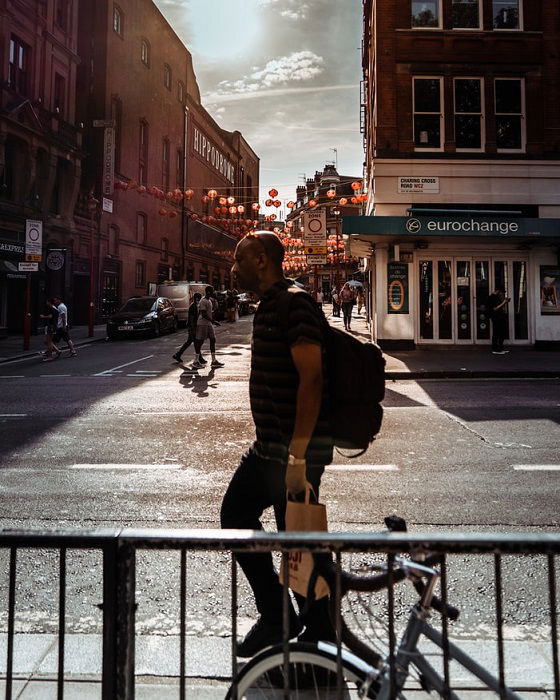Not known Facts About Framing Streets
6 Easy Facts About Framing Streets Explained
Table of ContentsThe 7-Minute Rule for Framing StreetsGetting My Framing Streets To WorkFraming Streets Can Be Fun For AnyoneAbout Framing StreetsWhat Does Framing Streets Mean?Facts About Framing Streets Revealed
Digital photography category "Crufts Canine Show 1968" by Tony Ray-Jones Street photography (also often called honest photography) is digital photography conducted for art or query that features unmediated chance experiences and random events within public places, typically with the goal of recording photos at a crucial or emotional minute by mindful framework and timing. 
The 4-Minute Rule for Framing Streets
Susan Sontag, 1977 Street photography can concentrate on people and their habits in public. In this regard, the road photographer resembles social documentary professional photographers or photojournalists who additionally operate in public areas, however with the goal of catching newsworthy events. Any of these photographers' photos may capture individuals and residential or commercial property visible within or from public areas, which usually requires browsing ethical issues and regulations of personal privacy, safety, and residential property.
Depictions of everyday public life create a category in practically every duration of globe art, beginning in the pre-historic, Sumerian, Egyptian and early Buddhist art durations. Art dealing with the life of the street, whether within sights of cityscapes, or as the dominant theme, shows up in the West in the canon of the Northern Renaissance, Baroque, Rococo, of Romanticism, Realism, Impressionism and Post-Impressionism.
The Facts About Framing Streets Revealed
Louis Daguerre: "Blvd du Holy place" (1838 or 1839) In 1838 or 1839 the first photograph of numbers in the road was recorded by Louis-Jacques-Mand Daguerre in one of a pair of daguerreotype views taken from his studio window of the Blvd du Holy place in Paris. The 2nd, made at the elevation of the day, reveals an unpopulated stretch of road, while the various other was taken at regarding 8:00 am, and as Beaumont Newhall reports, "The Blvd, so constantly full of a relocating throng of pedestrians and carriages was perfectly solitary, other than a person who was having his boots cleaned.
, who was inspired to undertake a comparable documents of New York City. As the city created, Atget assisted to promote Parisian streets as a deserving subject for photography.
Framing Streets Can Be Fun For Everyone
Martin is the initial taped professional photographer to do so in London with a disguised cam. Mass-Observation was a social study organisation started in 1937 which intended to videotape day-to-day life in Britain and to videotape the reactions of the 'man-in-the-street' to King Edward VIII's abdication in 1936 to marry separation Wallis Simpson, and the sequence of George VI. The principal Mass-Observationists were anthropologist Tom Harrisson in Bolton and poet Charles Madge in London, and their first record was produced as the publication "May the Twelfth: Mass-Observation Day-Surveys 1937 by over 2 hundred observers" [] Window cleaner at Kottbusser Tor, Berlin, by Elsa Thiemann c. 1946 The post-war French Humanist School photographers located their subjects on the road or in the bistro. In between 1946 and 1957 Le Groupe des XV every year displayed job of this kind. Andre Kertesz. Circus, Budapest, 19 May 1920 Road digital photography formed the significant content of two exhibits at the Gallery of Modern Art (Mo, MA) in New York curated by Edward Steichen, Five French Photographers: Brassai; Cartier-Bresson, Doisneau, Ronis, Izis in 1951 to 1952, and Post-war European Digital Photography in 1953, which exported the concept of road photography internationally.

Not known Facts About Framing Streets
, after that an instructor of young kids, connected with Evans in 193839.'s 1958 publication,, was considerable; raw and often out of emphasis, Frank's pictures questioned traditional digital photography of the time, "challenged all the official guidelines laid down by Henri Cartier-Bresson and Pedestrian Evans" and "flew in the face of the wholesome pictorialism and heartfelt photojournalism of American publications like LIFE and Time".